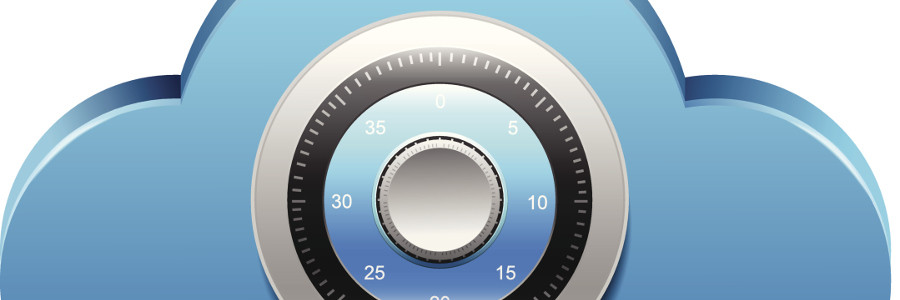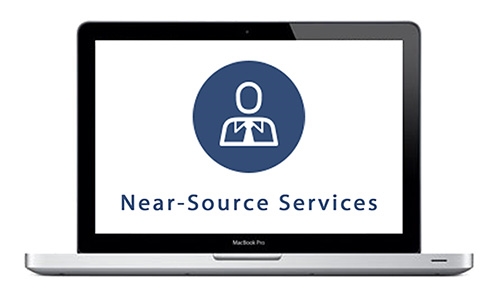Hackers go for the gold. This means that banking information makes for the number one target. These cyberattacks lead to the theft of large sums of money, undermine the economic stability of individuals and organizations, as well as destroy the reputation of banks and other financial institutions.
Top security threats to financial services
How to disable nosy Windows 10 settings
A closer look at fileless malware

To avoid detection by antimalware programs, cybercriminals are increasingly abusing legitimate software tools and legitimate programs in systems to steal data or ruin its integrity. They use fileless malware to infiltrate trusted applications and issue executables that blend in with normal network traffic or IT/system administration tasks while leaving fewer footprints.
The dangers of autocomplete passwords

Hackers have found a new way to track you online. Aside from using advertisements and suggestions, they can now use autocomplete passwords to track you down. Feeling unsecure? Here are some ways to keep you out of harm’s way.
Why auto-fill passwords are so dangerous
As of December 2018, there are 4.1 billion internet users in the world.
Security challenges in healthcare IoT
Why you should back up your mobile devices

Almost every modern mobile device allows you to send and receive emails, download and upload media files, store data, and even close business deals. As mobile devices have become indispensable in everyone’s personal and professional life, the security risks have also increased — and backing them up has become more critical than ever.
Cloud computing or virtualization?

Should you migrate to the cloud or virtualize your server? Both approaches have benefits, but figuring out which one is right for your organization is another story. If you’re having trouble deciding which technology is the best choice for the future of your business, this article will help you figure it out.
How does end of support affect Windows users?

Windows 7 was one of Microsoft’s popular and best-loved operating systems (OS), and most of us are still using it. But like the OSs before it, Windows 7 will eventually reach the end of its lifecycle. Mainstream end of support for Windows came into effect on January 13, 2015, but extended support won’t end until January 14, 2020. Find out what this means for you.






